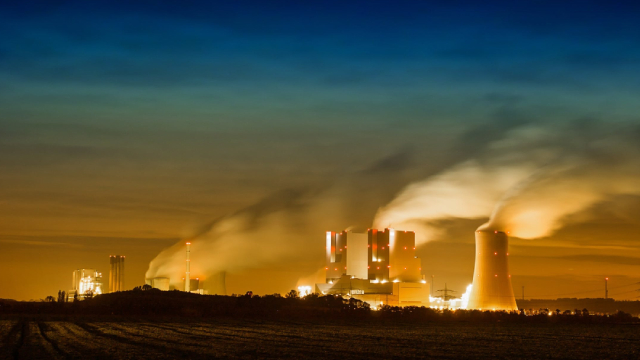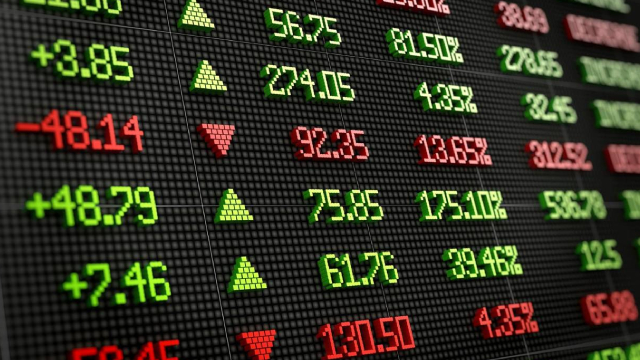Exploring the Higher Dividend Yield of Enbridge: A Comparative Analysis
In the realm of energy companies, the dividend yield is an essential metric that investors frequently consider when making investment decisions. The average energy company boasts a dividend yield of approximately 3.1% at present. However, an intriguing deviation from this norm is observed when we turn our attention to Enbridge Inc. (ENB), a leading energy infrastructure company, which boasts a materially higher dividend yield of 5.8%. In this article, we will delve into the reasons behind Enbridge’s higher dividend yield and discuss its potential implications for individual investors and the world at large.
Understanding Dividend Yield
Before we delve into the specifics of Enbridge’s higher dividend yield, it’s crucial to understand what dividend yield is and how it is calculated. Dividend yield is a financial ratio that expresses a company’s annual dividends as a percentage of its stock price. It provides investors with a sense of the return they can expect to receive from their investment in terms of dividends. The formula for calculating dividend yield is:
Dividend Yield = (Annual Dividends per Share / Stock Price)
Factors Contributing to Enbridge’s Higher Dividend Yield
Enbridge’s higher dividend yield can be attributed to several factors:
- Stable Cash Flows: Enbridge’s business model is centered around stable, long-term cash flows from its diverse energy infrastructure assets, including pipelines, natural gas storage facilities, and renewable energy projects. These cash flows enable Enbridge to consistently distribute dividends to its shareholders.
- Conservative Financial Policy: Enbridge has a conservative financial policy, prioritizing the maintenance of a strong balance sheet and a healthy distribution coverage ratio. This approach allows the company to weather economic downturns and maintain its dividend payments to shareholders.
- Diversified Business Portfolio: Enbridge’s business portfolio is well-diversified across various energy sources, including natural gas, liquids, and renewable energy. This diversification reduces the company’s exposure to the volatility of any single commodity, providing a stable foundation for its dividend payments.
Implications for Individual Investors
For individual investors, Enbridge’s higher dividend yield presents an attractive investment opportunity. A higher dividend yield can provide a more substantial income stream, particularly for those living off their investments or seeking to supplement their retirement income. Moreover, a company with a strong track record of increasing dividends, such as Enbridge, can serve as a reliable source of passive income.
Global Implications
On a larger scale, Enbridge’s higher dividend yield could have implications for the global energy landscape. As companies like Enbridge continue to demonstrate stable, reliable cash flows and attractive dividend yields, they may attract further investment from institutional and retail investors alike. This influx of capital could lead to increased investment in energy infrastructure projects, contributing to the global energy transition and the growth of renewable energy sources.
Conclusion
In conclusion, Enbridge’s materially higher dividend yield of 5.8% sets it apart from the average energy company, offering an attractive investment opportunity for individual investors seeking stable, passive income. The factors contributing to this higher yield, including stable cash flows, a conservative financial policy, and a diversified business portfolio, position Enbridge as a reliable source of dividends. Moreover, Enbridge’s success could have broader implications for the global energy landscape, as increased investment in energy infrastructure projects could contribute to the energy transition and the growth of renewable energy sources.





